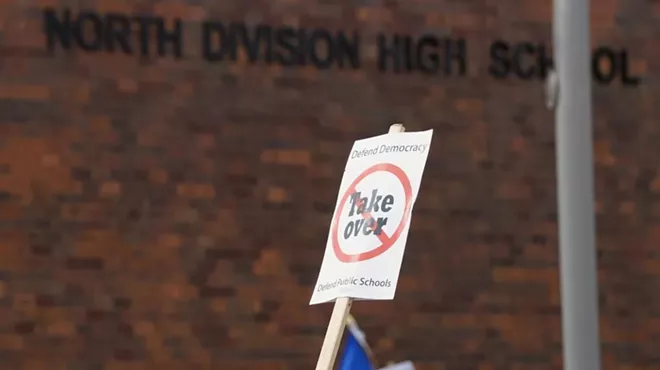Wednesday, March 30, 2016
Courting Out-of-State Students at the University of California
A question. When I went to the University of California, tuition was pretty cheap, about $100 a year, which is about $800 in today's dollars. Actually, that was a registration fee, meaning the U.C. system didn't actually charge tuition. California's system of state colleges cost even less, and city colleges, what we call community colleges here, cost nothing. During the same time, California was in the top ten in K-12 per student spending. How was the state able to be so generous with its education back then compared to today? Were tax revenues, and tax rates, that much higher? This is a genuine question. I don't know the answer.
This isn't a new question for me, or a new source of wonder that we put so little value on educating our children that we keep cutting state funding for public higher education. But it arose today because of an article about some trouble our ex-Governor Janet Napolitano, now University of California president, is in. The U.C. system has been admitting out-of-state students who have lower qualifications than some California students who are being rejected, according to a state auditor's report.
It shouldn't be that way. The first duty of a state's college system is to educate its own students. Out-of-staters come second. But the reason is obvious. Resident tuition and fees come to $12,240 a year. In a world where earning a college degree is increasingly important, that's a prohibitively high cost, leading to the crippling debt our college students face. But as high as that is, nonresident tuition is three times higher: $37,000 a year. When the university system is cash strapped, it should be no surprise that it courts as many out-of-state high rollers as it can.
Some California legislators are Shocked! Shocked! that the universities are giving preference to out-of-state students. They're not nearly so shocked that their funding cuts have put the university on the horns of a dilemma: cut educational services and standards or figure out new sources of income, like, say, adding students who pay three times the too-high tuition paid by residents.
A Protesting-Higher-College-Costs-in-the-Sixties Note: Ronald Reagan was governor during my college years. He wanted to raise the cost of going to college, which led to many of us protesting the proposed fee hike. We knew that would only be the beginning, that college costs would continue to rise, but we were actually outraged that our college cost would go up — what, 50 percent? 100 percent? All the way to $1,600 a year in today's dollars? Ah, those were the days!
This isn't a new question for me, or a new source of wonder that we put so little value on educating our children that we keep cutting state funding for public higher education. But it arose today because of an article about some trouble our ex-Governor Janet Napolitano, now University of California president, is in. The U.C. system has been admitting out-of-state students who have lower qualifications than some California students who are being rejected, according to a state auditor's report.
It shouldn't be that way. The first duty of a state's college system is to educate its own students. Out-of-staters come second. But the reason is obvious. Resident tuition and fees come to $12,240 a year. In a world where earning a college degree is increasingly important, that's a prohibitively high cost, leading to the crippling debt our college students face. But as high as that is, nonresident tuition is three times higher: $37,000 a year. When the university system is cash strapped, it should be no surprise that it courts as many out-of-state high rollers as it can.
Some California legislators are Shocked! Shocked! that the universities are giving preference to out-of-state students. They're not nearly so shocked that their funding cuts have put the university on the horns of a dilemma: cut educational services and standards or figure out new sources of income, like, say, adding students who pay three times the too-high tuition paid by residents.
A Protesting-Higher-College-Costs-in-the-Sixties Note: Ronald Reagan was governor during my college years. He wanted to raise the cost of going to college, which led to many of us protesting the proposed fee hike. We knew that would only be the beginning, that college costs would continue to rise, but we were actually outraged that our college cost would go up — what, 50 percent? 100 percent? All the way to $1,600 a year in today's dollars? Ah, those were the days!
Tags: University of California , Janet Napolitano , College tuition , Ronald Reagan















